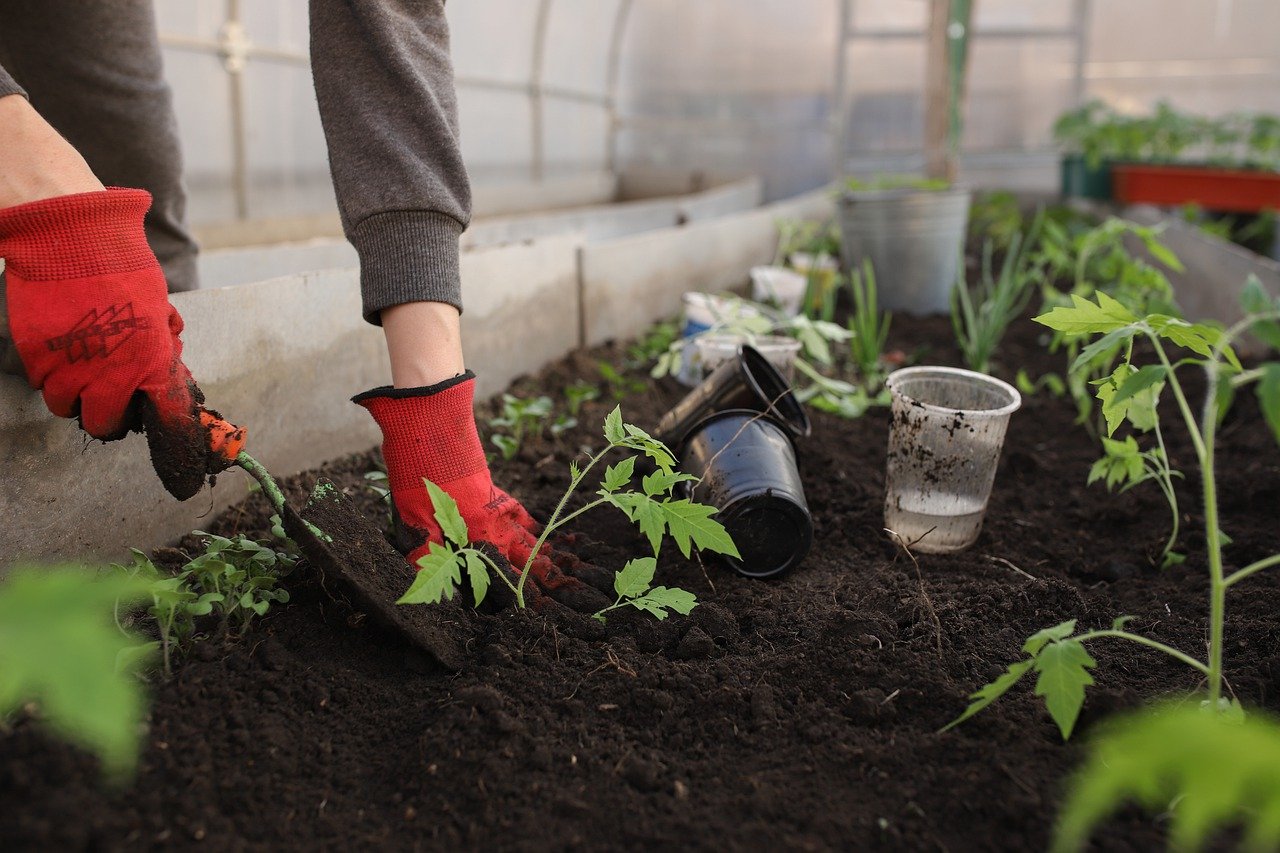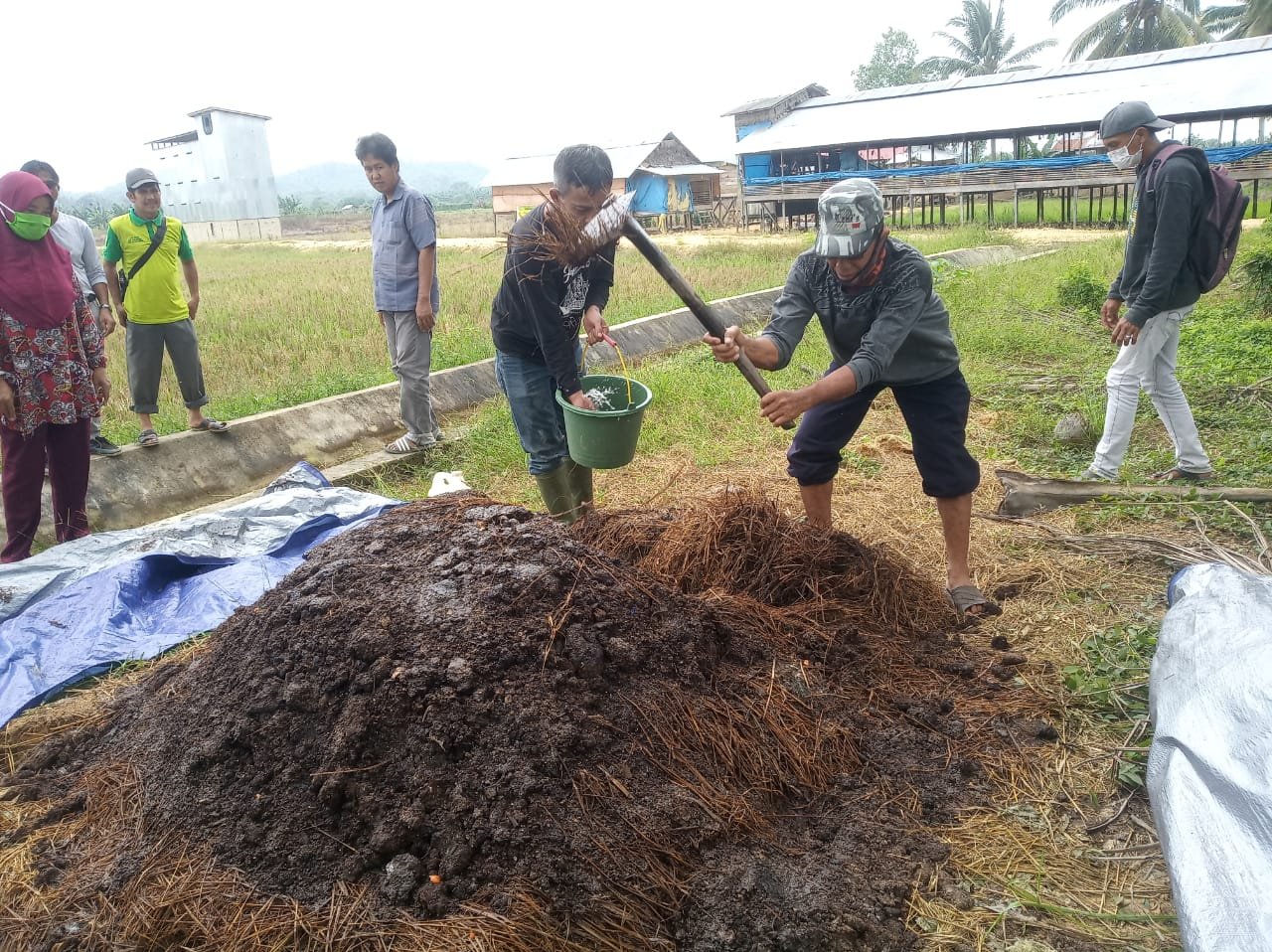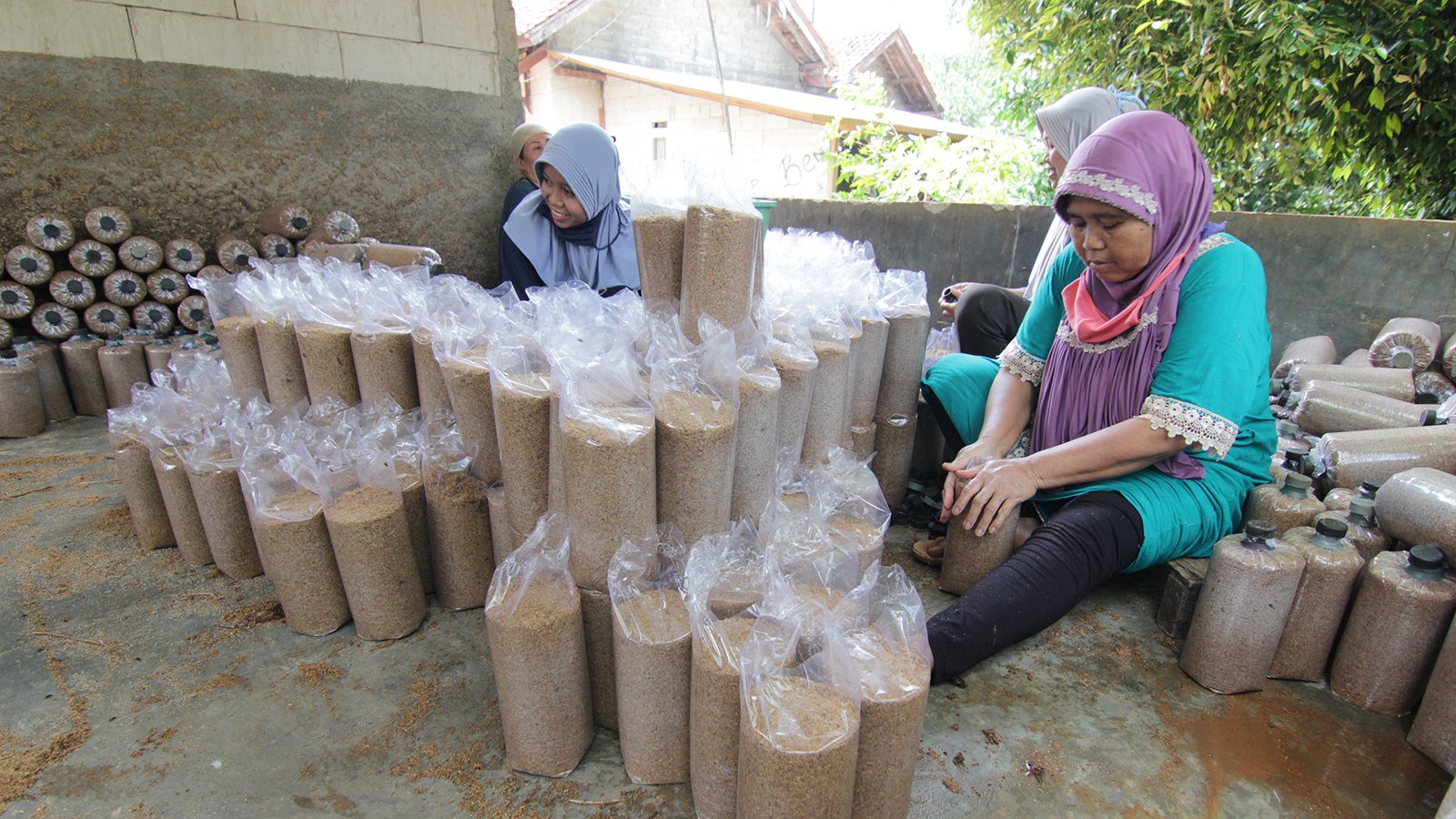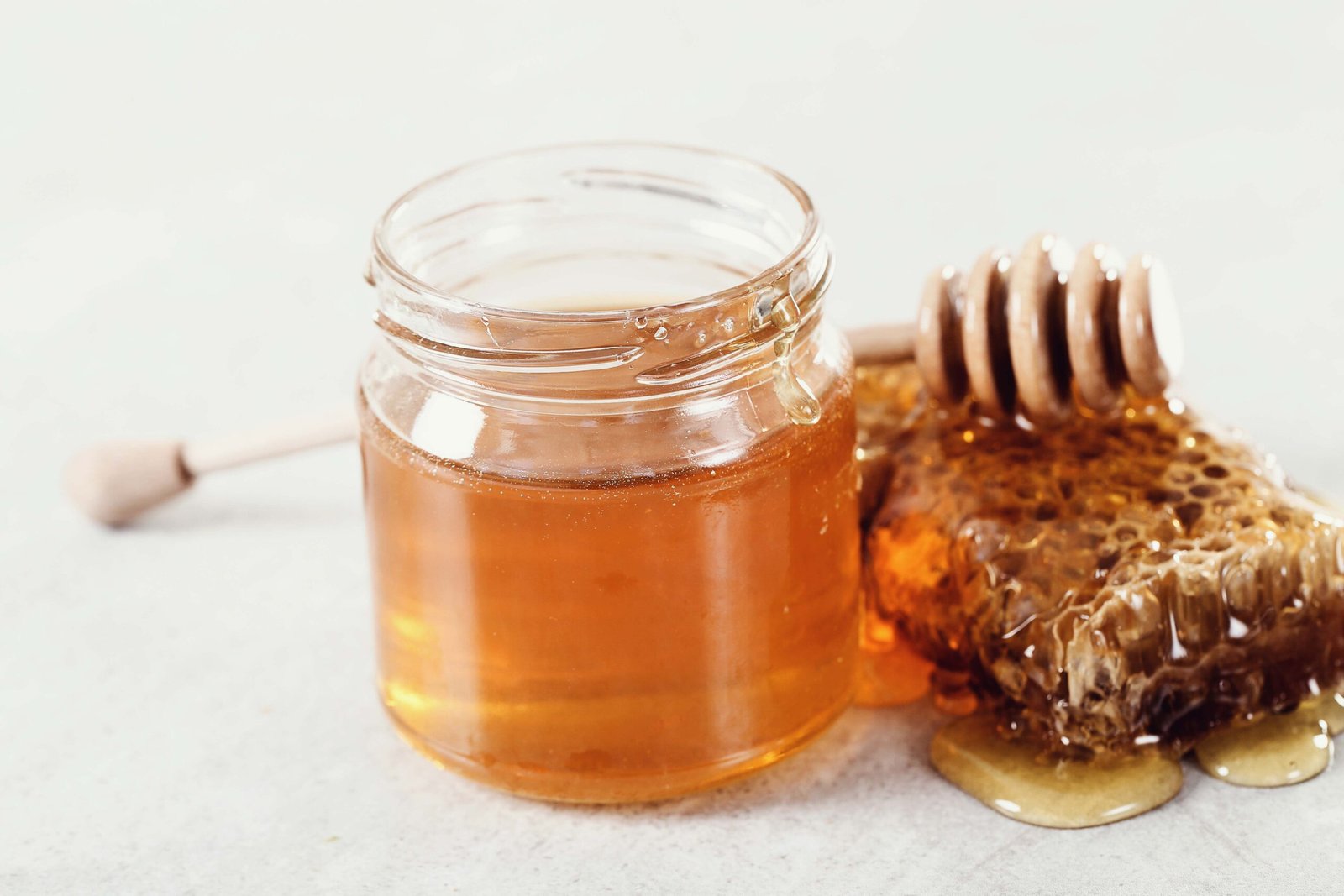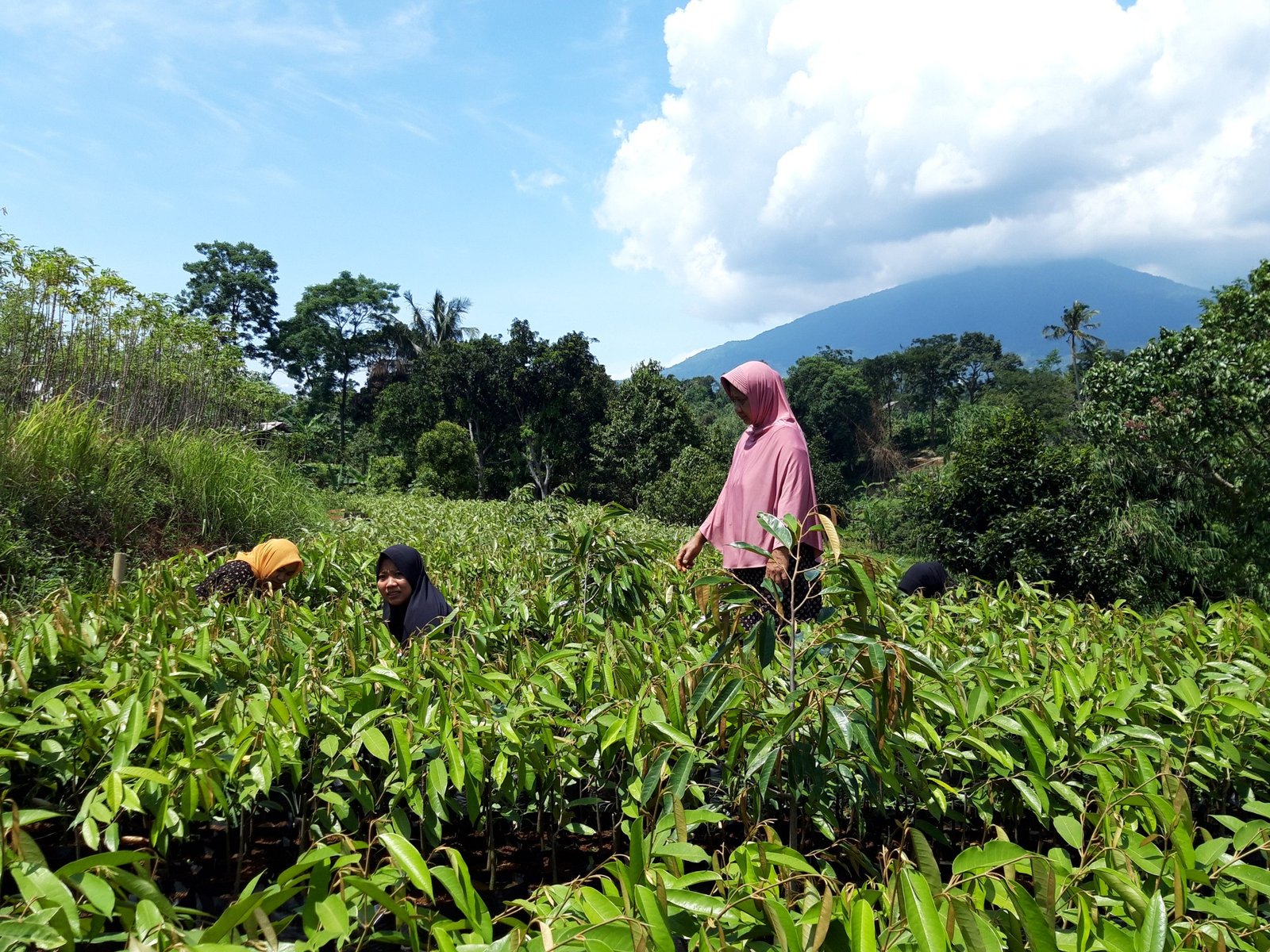There is a perception in the community that crystallized honey is honey that has been “mixed” or as a sign that it has been contaminated. This is wrong, crystallized honey is a sign that honey has high quality. So, don’t throw away crystallized honey, unless you like to waste delicious food.
Honey is a supersaturated solution of two sugars: glucose and fructose. Because it is highly saturated, it is a natural chemical process that keeps some sugars eventually out of the solution. Honey will even crystallize while still combed.
Crystallized honey is so delicious that it can be used as a sweetener for tea, jam, yogurt, food gels, and oatmeal. This is a wonderful glaze layer for cooking chicken, stir-frying, etc.
Three things make honey more likely to crystallize:
- Temperature
- The ratio of glucose and fructose in honey
- Pollen
Let’s break down what happens to crystallized honey.
Temperature
Honey will crystallize in the hive if the temperature is below 10oC, and honey will crystallize in the container if you have a cold cabinet. Finding a warmer place to store honey will slow down crystallization.
It’s quite simple to turn your honey back into a fine liquid again by heating it. The best way to do this is to put a container of honey in a bowl of warm water and slowly let it warm up. If you happen to have an ultrasound machine that produces waves at 23 Hz, that works too. Microwaves make honey overheat and heat unevenly, so it’s not recommended unless you’re in a hurry.
The problem is, once your honey cools, it will start to freeze back into a thick streak again. The easiest way to deal with it is to take your beautiful lumps of honey and taste the crystallized honey.
After a few warm-up and cooling sessions, your honey will lose its summery aroma, and become just a sweet yellow liquid. If you absolutely must have a gentle diluted honey. Try heating it in smaller quantities, rather than the whole container. Honey is also best stored in glass instead of plastic, and glass is much better to reheat.
The ratio of glucoglucose and fructose in honey
Honey is a supersaturated solution of two sugars: glucose and fructose. The proportion of these two sugars is characteristic of plants that bees eat to make honey. It is glucose that crystallizes, so some types of honey are more resistant to crystallization because they have low glucose.
Alfalfa and clover honey crystallize quickly, and maple, tupelo, and blackberry honey crystallize slowly. There is no easy way for someone who is not a honey lover to find out which honey crystallizes faster or slower, but it is a great reason to experiment with the taste and aroma of different plant honey. Additional: Baduy forest has various types of bee feed plants such as calliandra and rubber whose honey crystallizes quickly.
Pollen
The pollen in honey is normal and serves as a source of honey. The pollen in honey verifies what plants the bees eat. Bees are downy, so they are enveloped in pollen when they drink nectar to make honey. It’s sticky — but, you know, it’s plant sperm. The garbage is everywhere. Honey with pollen is good honey, but crystallization occurs faster when small particles are available to build up. Fresh and raw honey has a lot in the form of pollen grains.
Because Americans tend to be a little paranoid about cosmetic defects in food, a lot of honey is now filtered to remove pollen. This does create a more stable honey, and the color is clearer and brighter.
It is cosmetic surgery to make your honey beautiful. The problem with honey without pollen is that you don’t know where it comes from, or what kind of plants the bees eat. Filtering has a shady side effect: it makes honey easier to process and ship over longer distances (such as from China) and means many different types of honey can be mixed without being detected.

